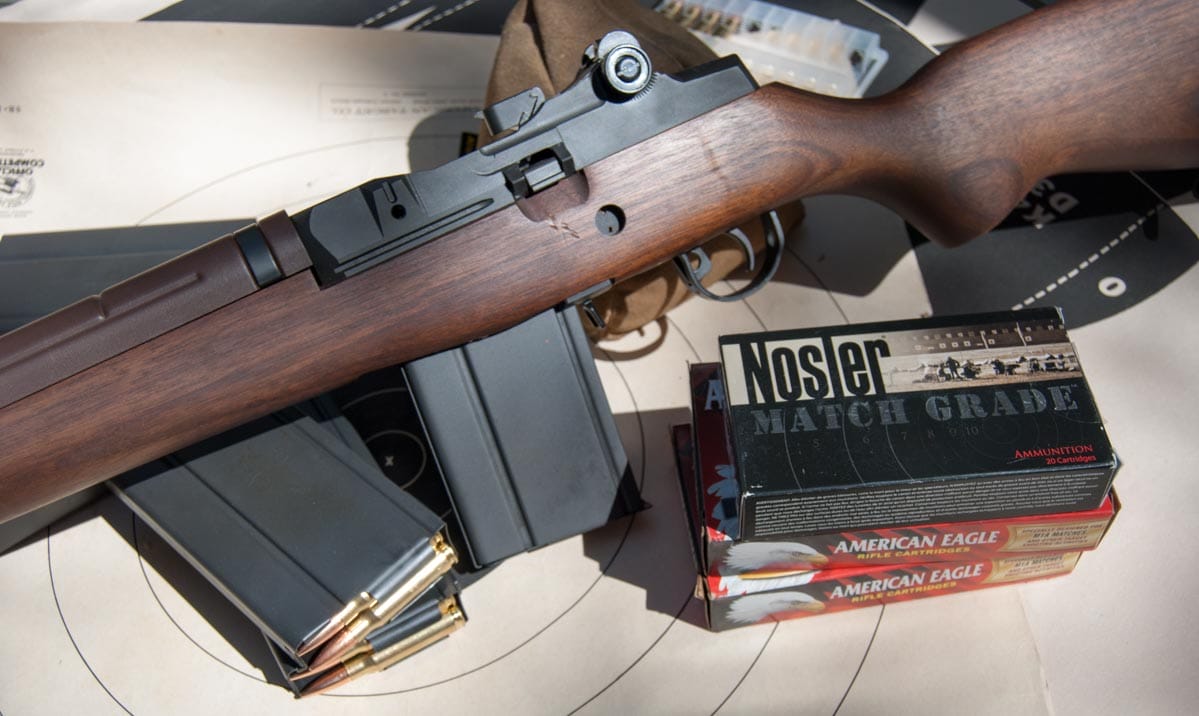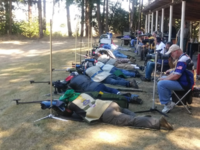Bronze Supporter
- Messages
- 16,809
- Reactions
- 27,619
I've recently learned, through extensive reading, that .308 bass and 7.62 NATO brass are not the same. I had to research because of a new gun that recommended only using 7.67 NATO because of the possibility of tearing rims of of the higher pressure .308 ammo. 7.62 NATO brass is heavier (thicker) than .308 brass. That tells me that LC (7.62 NATO?) brass is likely to feel different when sizing than .308. And also thicker brass may mean higher pressures when using .308 data in 7.62 NATO.

7.62 NATO vs .308 Winchester Ammo, What’s The Difference?
Gun nut, Tom McHale, risks a fight to explain the subtle nuances between 7.62 NATO vs .308 Winchester Ammunition.www.ammoland.com
That's where I'm at in this discussion anyway.
Yes, they are different. But......have you ever seen a die set in 7.62x51 NATO at the store? LOL.
I wouldn't hold my breath while trying to look for a set.
Aloha, Mark














